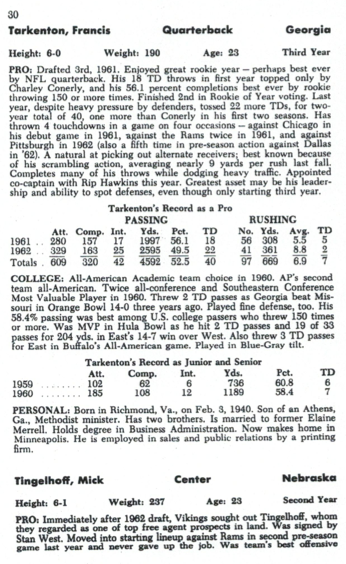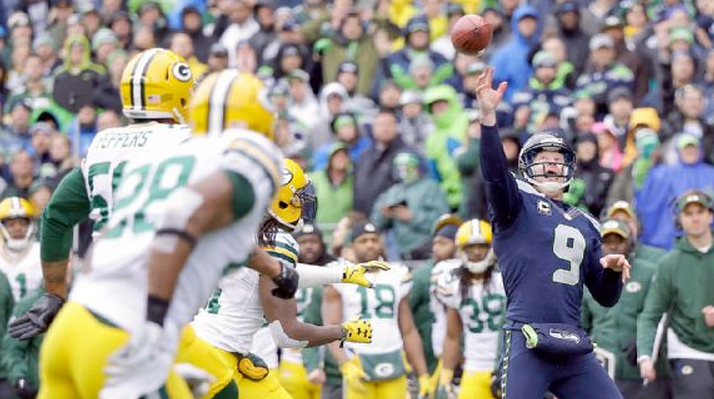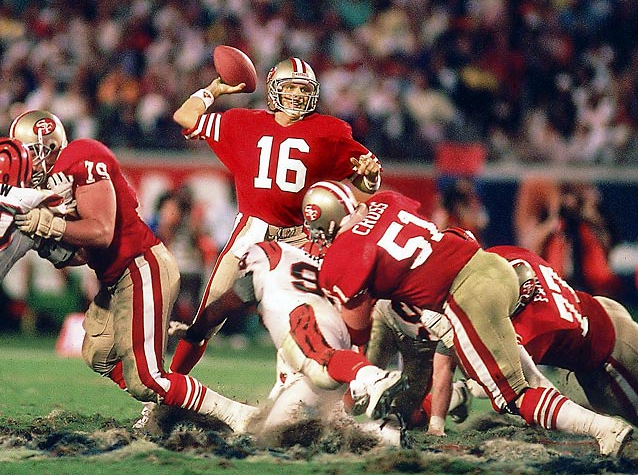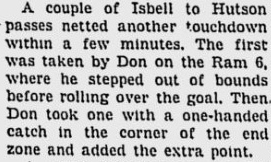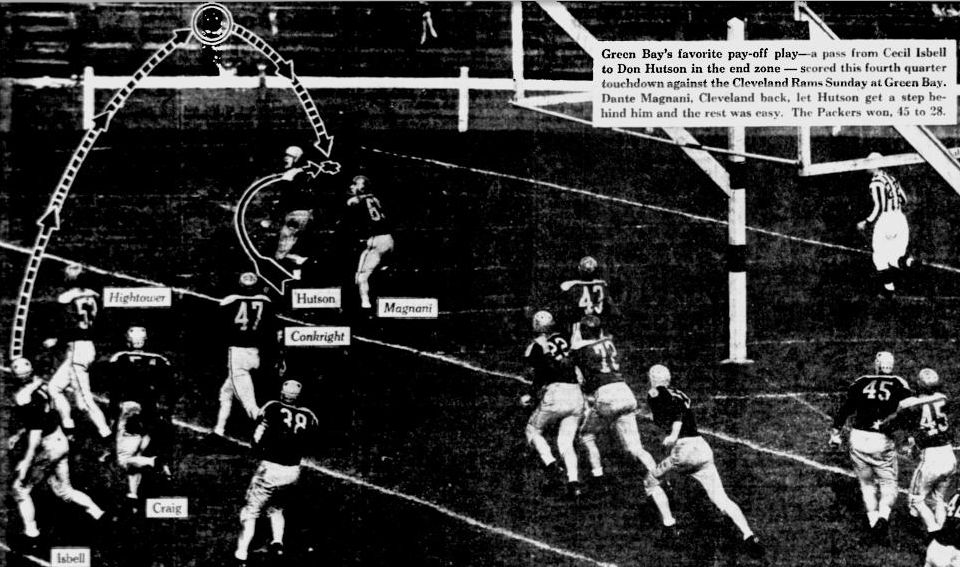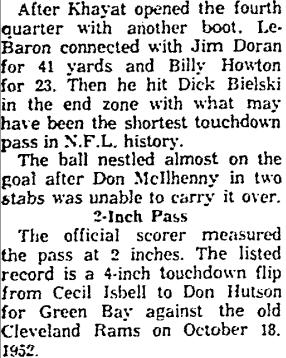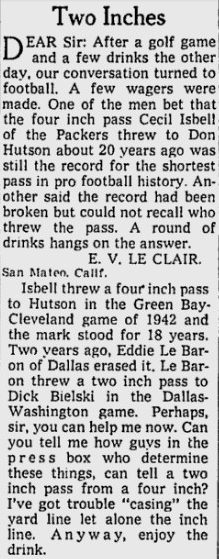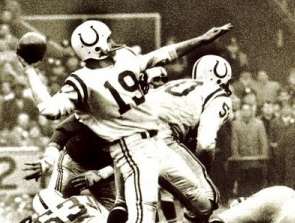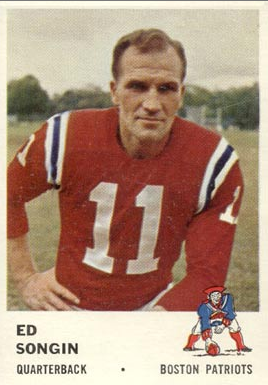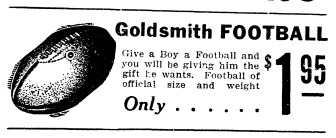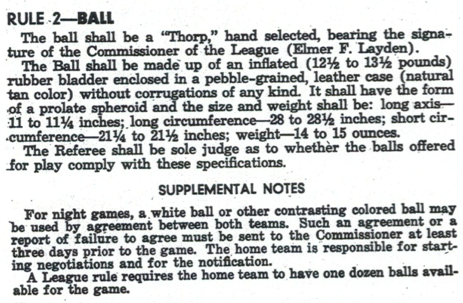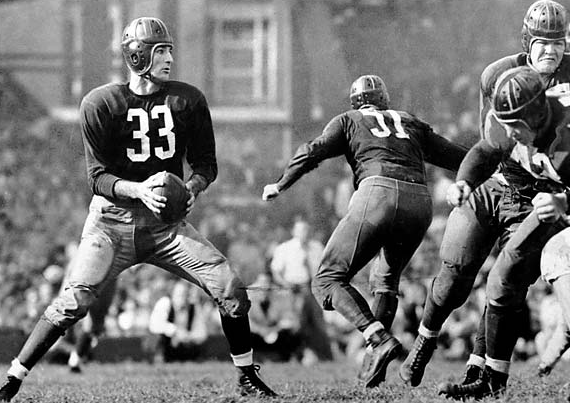Tom Brady wasn’t in a very good place when he began his Super Bowl preparations. Deflategate — and its attendant tempest — blindsided him worse than any Terrell Suggs sack. Some people thought the Patriots cheated in their 45-7 AFC title game win over the Colts. Some of those same people thought Brady, as the quarterback, must have had something to do with it. The NFL, meanwhile, was conducting an investigation at its usual glacial pace. Oh, it was a mess.
A mess, of course, that’s still to be resolved — which may or may not have made it worse for Brady. This much we do know: He took it, “very, very personal” (as Sonny Corleone said to Michael in The Godfather). Or as Tom put it on a Boston radio show:
I personalized a lot of things and thought this was all about me and my feelings got hurt, and then I moved past it because it’s not serving me.
I think what’s serving me is to try to prepare for the game ahead, and I’ll deal with whatever happens later. I’ll have my opportunity to try to figure out what happened and figure out a theory like everyone else is trying to do. But this isn’t the time for that, and honestly I’m not interested in trying to find out right now because we have the biggest game of our season ahead.
Well, how to you like the way Brady “moved past it”? Against a Seahawks defense that’s the best in the league and possibly the finest since the 2000 Ravens (if not the 1985 Bears), he had the greatest of his six Super Bowls on Sunday night. Not only did he complete 37 of 50 passes for 328 yards and four touchdowns, each to a different receiver, he drove the Patriots to two fourth-quarter TDs, the second of which capped a rally from a 10-point deficit and won the game, 28-24.
In other words, after taking Deflategate “very, very personal,” he did to the defending champions at University of Phoenix Stadium what Michael did to Sollozzo and the police captain at Louis Restaurant. Not to get too graphic about it.
That’s how you win a record-tying four Super Bowls — by being able to compartmentalize; by taking the latest scandal, zipping it up in a bag with the rest of the semi-inflated balls and going about your business. What a talent to have, apart from the passing and vision and decision-making and all the other things that go into quarterbacking. It might be what puts Brady a little higher on the podium than other QBs, past and present.
You know what’s really strange? There have been a handful of Super Bowl quarterbacks in 49 years who have been caught in a storm, so to speak, and every one has ended up playing well in the game. Brady is just the latest — and probably the greatest. But look at some of these other guys:
● Len Dawson, Chiefs, Super Bowl 4 — Early in the week, Dawson’s name was linked to nationwide gambling probe involving a “casual acquaintance,” a Detroit restaurateur who had already been arrested. He admitted being “shocked” by the development, and the pressure on him going into the game was heavier than Buck Buchanan.
“If we lose Sunday and he throws some bad passes, you know what they’ll say don’t you?” Chiefs defensive end Jerry Mays said. “Winning or losing usually is going to fall back on 40 players, but this one would fall back on Lenny.”
The upshot: Dawson responded with an MVP performance, hitting 12 of 17 passes for 142 yards and a touchdown in a 23-7 upset of the NFL’s Vikings.
● Doug Williams, Redskins, Super Bowl 22 – Williams had to deal with a different kind of stress: He was the first black quarterback to start a Super Bowl. (You can imagine what that was like.) He was asked question after question about it in the days leading up to the game, and answered each time with great equanimity.
The upshot: Another MVP performance, one highlighted by a Super Bowl record four TD passes in the second quarter. Final score: Redskins 42, Broncos 10.
● Joe Namath, Jets, Super Bowl 3 — The loquacious Namath brought the controversy on himself by saying he would “guarantee” a victory over the NFL’s Colts. To stir things up even more more, he nearly got in a fight with Baltimore’s Lou Michaels in a Miami cocktail lounge. Here’s Michaels’ version of it (as told to The New York Times), which begins with Joe walking in and introducing himself:
I’m still resentful of the way it started out. I thought Joe was at fault. I never had the privilege of meeting Joe, but I knew who he was. I went to school with his brother at Kentucky. Joe walked up to me, and the first thing he said was, “We’re going to beat the heck out of you,” only he didn’t say heck. And he said, “And I’m going to do it.”
If you’re looking for a fight, that’s going to do it. Instead of saying, “Hello, I’m Joe Namath, how are you?” I think he was a little arrogant there. I said, “Suppose we beat you?” And he said, “I’ll sit in the middle of the field, and I’ll cry.”
I believe in that little thing called modesty. I asked him about that, and he said, “That’s not in my dictionary.” I don’t know why he came on so strong. It worked out fine. I have nothing against Joe. If I was in his shoes, I’d be a little down to earth.
The upshot: Yet another MVP performance. Namath picked apart the vaunted Colts defense, connecting on 17 of 28 passes for 206 yards as the Jets won, 16-7.
So there you have it: four quarterbacks, all under the gun — even by Super Bowl standards — and they all came away with MVP honors, Brady included. Maybe this business about avoiding distractions before big games is a bunch of hooey. It certainly didn’t do Brady, Dawson, Williams and Namath any harm, did it?
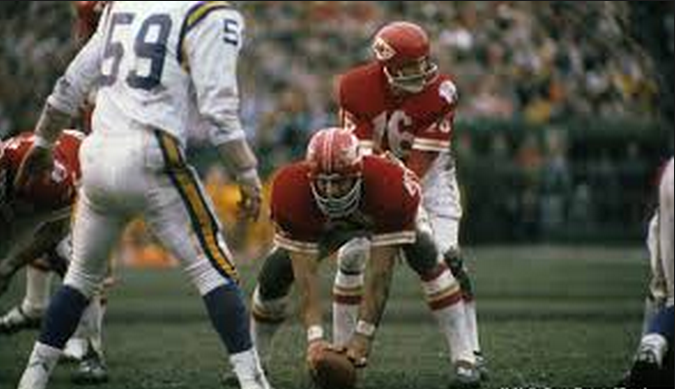
After getting caught up in a gambling investigation, the Chiefs’ Len Dawson was MVP of Super Bowl IV.


